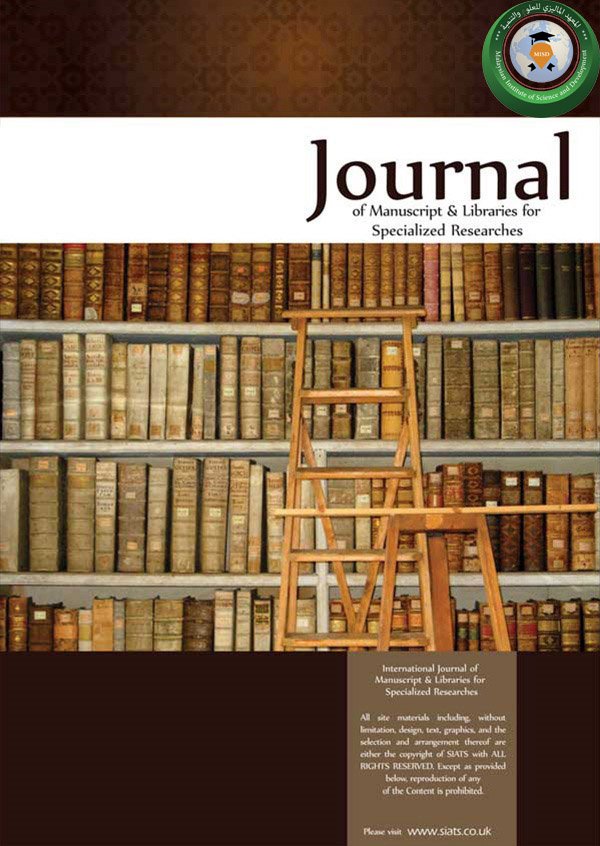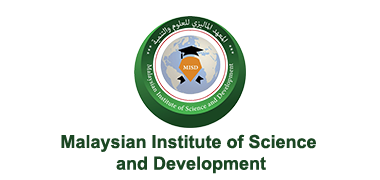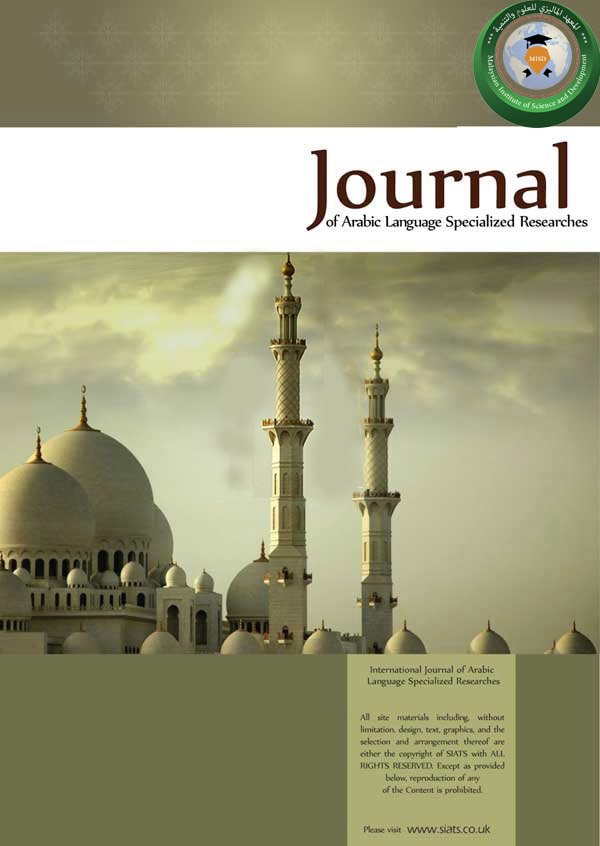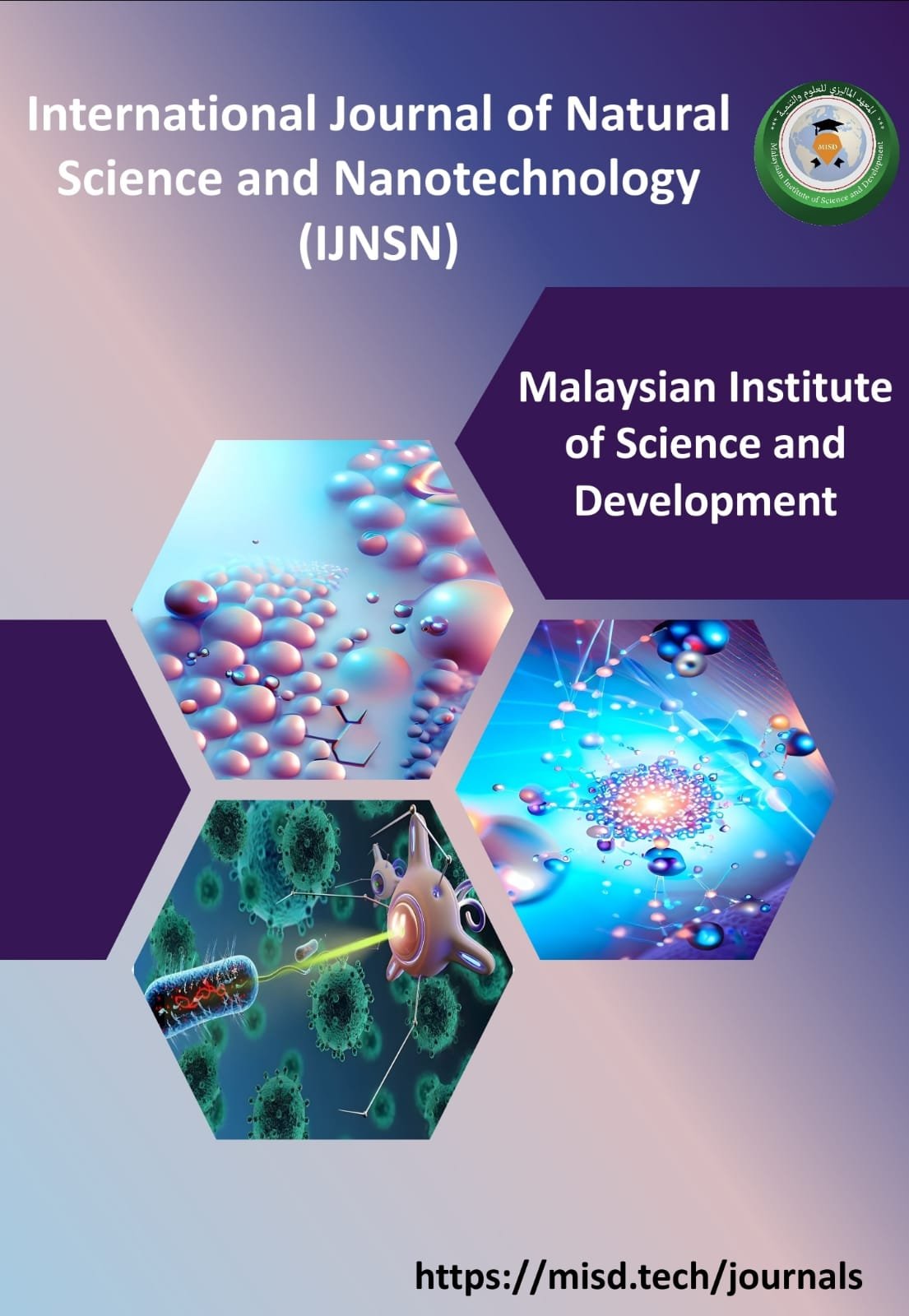
Journal of Manuscripts & Libraries for Specialized Research (JMLSR)
About the Journal :
The International Journal of Manuscripts & Libraries for Specialized Research, published quarterly on behalf of the Malaysian Institute of Science and Development is a referred scientific journal, which is supervised by a group of scholars who are specialized in heritage, museums, and library studies in the Arab and international universities.
The objectives of this journal are: – To spot light on our memorable history to inspire a brighter future; – To stimulate the minds of researchers and adorers of heritage; -To exert efforts for the purpose of mobilizing skills and capacities in gathering various cultural, thoughtful, and heritage backgrounds; -To interact with the important aspects of our bountiful heritage, by and with which we live and move forward to the achievement of innovation, invention & development; -To fight alienation of relations with heritage; – To interact with masterworks of heritage to dedicate them to researchers to serve as a platform for achieving development.
The journal seeks to promote technical and educational services in view of international standards through distinguished and specialized qualifications, use of modern technology, loyalty and devotion to work, and achieving excellence to provide researchers and students with the best services. This will create a professional encouraging environment for the excellent creative ideas and talents who are committed to team work values, spirit of respect, authenticity of vision, and excellence in objectives.
The journal concerns with public intellectuals, persons interested in heritage and manuscripts, text editors, graduate researchers, researchers of manuscripts, librarians and information centres, in support of being a pioneer journal that seeks to make heritage a deep rooted science, art, entertainment, and education within an attractive framework of knowledge, as a leading journal in the field of heritage, documentations, and manuscripts studies at the national and international levels. Furthermore, the journal publishes authentic and distinguished scientific, technical and applied researches in an attempt to become a significant and added value journal in the field of electronic media, which takes advantage of the valuable components of manuscripts to regain its original beauty and the identity of Arabs and Muslims since they represent national, historical, ideological identities. In addition to this, manuscripts are regarded as a source of pride of the heritage left by our parents and ancestors including sciences, cultures, knowledge, and arts.
THE REALIZATION OF THE MANUSCRIPTS BETWEEN REALITY AND HOPE: THE MANUSCRIPT OF THE IMAM AL-MAHAMI MODEL
The Islamic heritage is a valuable asset, because it reflects the glory and pride of the nation, and represents its history, thought, science and life. The Muslim scholars have paid their attention to many sciences, including the “science of manuscripts,” which the successor of the predecessor gave great attention to manuscripts. The successors studied and categorized, and achieved its texts, and completed the deficiency and removed the increase, and attributed each manuscript to its author. Without the efforts of investigators and researchers in manuscripts, we would have missed a huge number of important printed books. Their job was to search for the manuscripts, to determine their importance, to verify the authenticity of the manuscript, to correct the name of the author and to attribute it to him. As well as the Muslim scholars refer the texts to its origins and sources, and the author may be wrong, pointing out the different versions and the different versions of each word, and to make sure the likely authenticity after study. The aim of this paper is to find out the book “Taibseer al-Rahman” from the books of interpretation adopted by the Imam al-Mu’aimi in the Quranic miracle. The author in his interpretation of the care of moral, organizational and organizational miracles; through the masterpieces that he turned to, which made his interpretation book is rare. The researchers followed the method of induction and descriptive analysis; in the research by analyzing the purposes of the manuscripts, and showing the desired objectives, with the study of the bibliography of the author, and mentioned some of the doctrines of his words, and his methodology in the writing of the manuscript, and his impact of those of interpreters who came after him.







 العربية
العربية